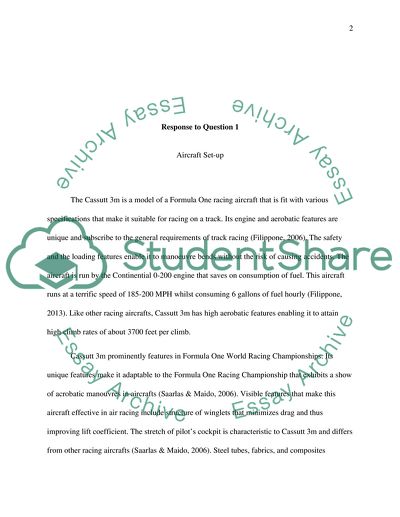Cite this document
(“Aircraft Performance Reassessment Essay Example | Topics and Well Written Essays - 2000 words”, n.d.)
Aircraft Performance Reassessment Essay Example | Topics and Well Written Essays - 2000 words. Retrieved from https://studentshare.org/engineering-and-construction/1652790-aircraft-performance-reassessment
Aircraft Performance Reassessment Essay Example | Topics and Well Written Essays - 2000 words. Retrieved from https://studentshare.org/engineering-and-construction/1652790-aircraft-performance-reassessment
(Aircraft Performance Reassessment Essay Example | Topics and Well Written Essays - 2000 Words)
Aircraft Performance Reassessment Essay Example | Topics and Well Written Essays - 2000 Words. https://studentshare.org/engineering-and-construction/1652790-aircraft-performance-reassessment.
Aircraft Performance Reassessment Essay Example | Topics and Well Written Essays - 2000 Words. https://studentshare.org/engineering-and-construction/1652790-aircraft-performance-reassessment.
“Aircraft Performance Reassessment Essay Example | Topics and Well Written Essays - 2000 Words”, n.d. https://studentshare.org/engineering-and-construction/1652790-aircraft-performance-reassessment.


